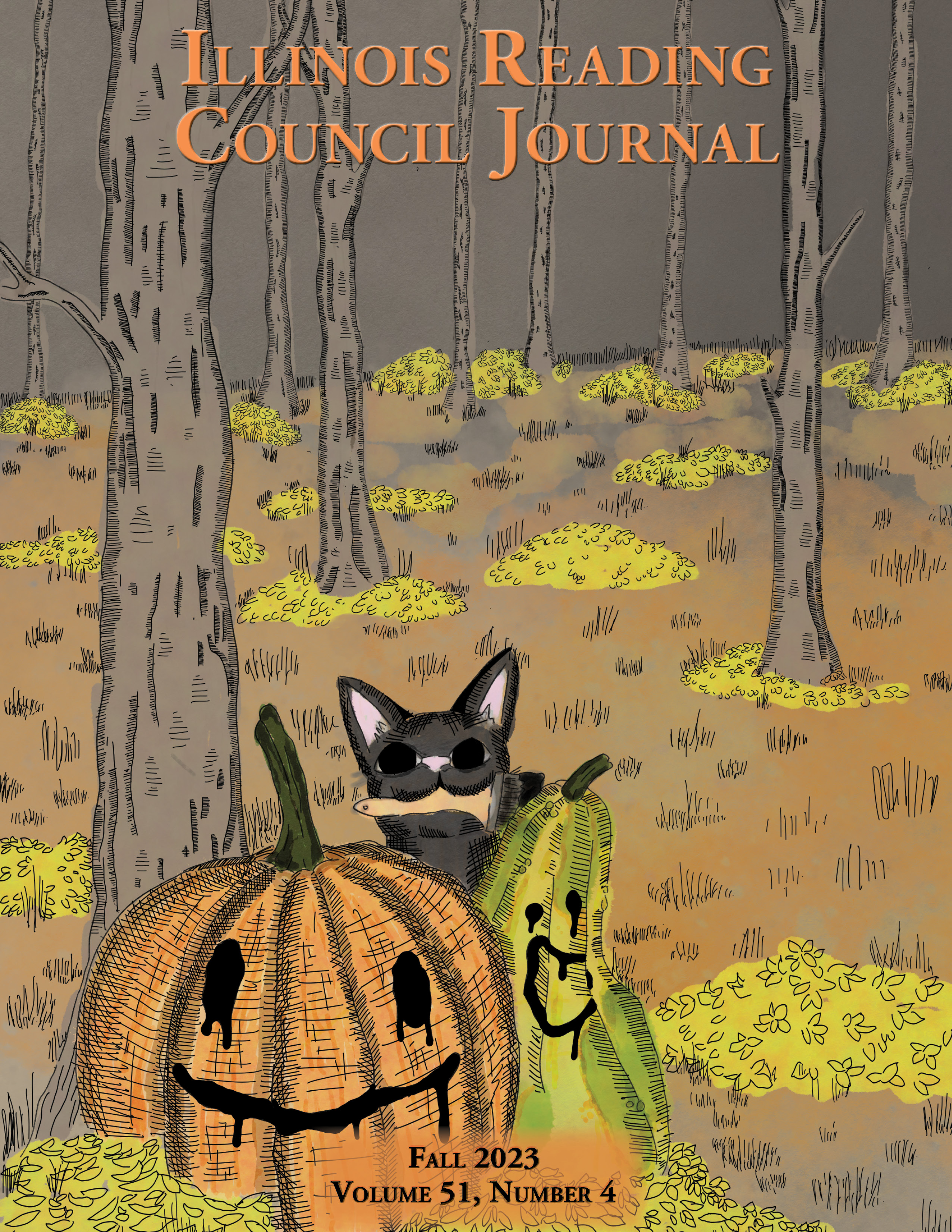 |
The “Bates” Shop: Fishing for Primary Source Documents: The Importance of Multiple Perspectives –Part 1: The Ghost Dance
By David Bates
Document: Column
Introductory Paragraph: In July 2023, the U.S. Supreme Court upheld the constitutionality of the Indian Child Welfare Act of 1978. This law requires Native American children in the foster system to be placed with Native American caretakers whenever possible. In Justice Neil Gorsuch’s words, the law itself was a response to the “mass removal of Indian children from their families during the 1950s, 1960s and 1970s by state officials and private parties” (as cited in Chemernisky, 2023). Along with recent reckonings regarding abuses at Indian boarding schools in both the U.S. and Canada, the very existence of the Indian Child Welfare Act (and the legal challenge to it) reminds us that the violent removal of Native Americans from their ancestral lands still echoes in American life today. Just as significantly, most Americans remain unaware of the extent of abuse endured by Native Americans. How is this possible? How can an entire people be rendered invisible? An examination of primary sources surrounding the Ghost Dance and the Wounded Knee Massacre reveal how dominant narratives become ossified into conventional wisdom. This essay, the first in a two-part series, will examine selected primary sources from the Ghost Dance controversy of the 1880s and 1890s. Examining these sources serves several purposes. First, it emphasizes the critical importance of allowing historical subjects to speak for themselves, unmediated by popular misconceptions, conventional wisdom, or the influence of historians and publishers. This is particularly vital when discussing a group such as Native Americans who have not only been marginalized and brutalized, but also historically misrepresented for centuries. Second, it helps students appreciate the complexity and contingency of historical narrative. By examining the truth of the Ghost Dance through the eyes of Native Americans and sympathetic observers, and comparing it to the virulent myths peddled by the U.S. government, students can gain an understanding of the context of the Wounded Knee Massacre (which will be covered in the next issue). Finally, it can spark a conversation regarding the nature of historical narrative itself as students can use primary sources to confront long-standing distortions and falsifications and, thus, consider how history is made or, as it were, mis-made.
DOI: https://doi.org/10.33600/IRCJ.51.4.2023.78
Page Numbers: 78-84
|


